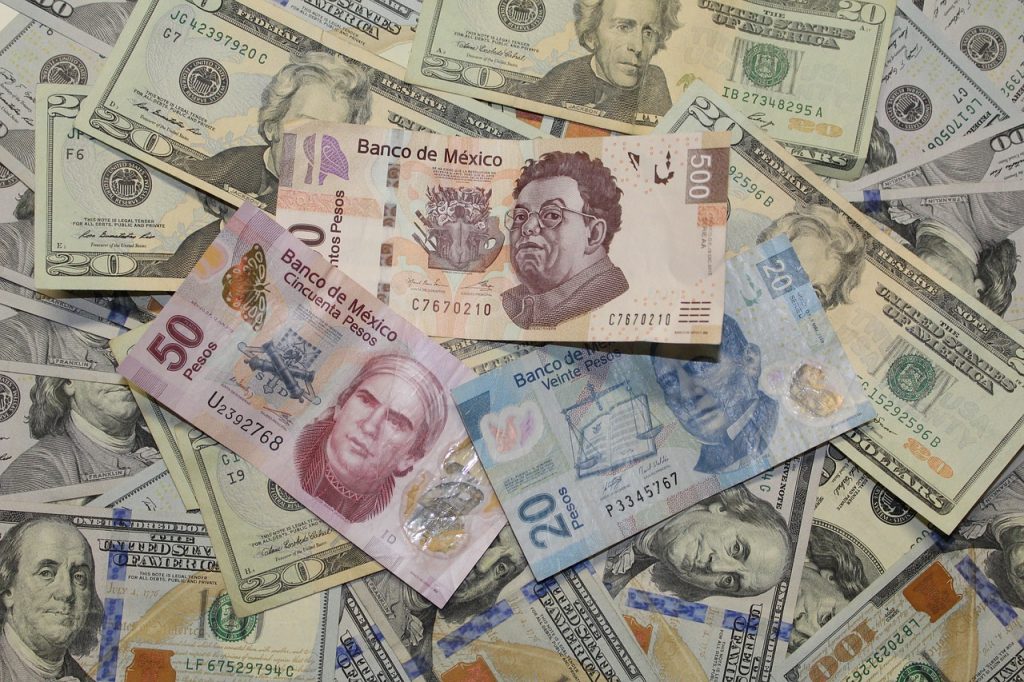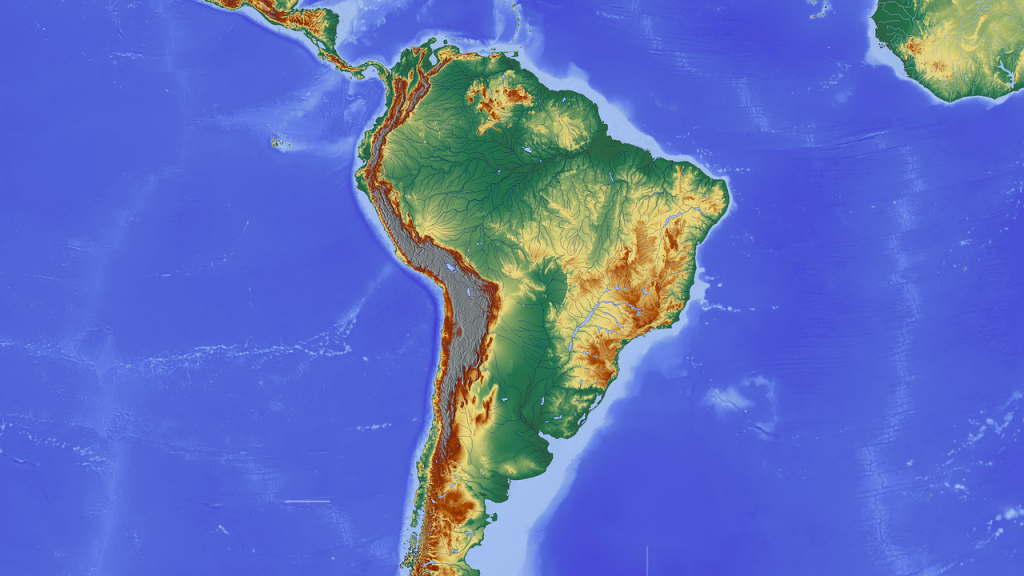Discover how the forex market in South America works, including the strongest currencies in the continent, and how South Americans trade.
Forex Market in South America & the Strongest Currencies in this Part of the World

In recent years, South America has seen an increase in forex trading activity as more people have become interested in the financial markets and their opportunities. In addition to traditional currency trading, there has also been a rise in the use of digital assets in the region. The financial markets in South America are diverse and rapidly growing, offering investors a wide range of investment opportunities.
In South America, foreign exchange trading is characterized by the exchange, buying, or selling of currencies of the countries in the region and the trading of international currencies such as the US dollar, the euro, and the Japanese yen. The most actively traded currency pairs in the South American forex market include the Brazilian real (BRL) and the US dollar (USD), the Chilean peso (CLP) and the USD, and the Colombian peso (COP) and the USD. The Forex market offers significant profit opportunities and exposure to volatility.
Factors affecting exchange rates in South America
- Political stability: Political stability and government policies can significantly impact a country’s currency exchange rate. Political stability encourages local and foreign investment, trade, and development.
- Natural resources: Many South American countries are major producers of commodities such as oil, minerals, and agricultural products. Changes in the price of these commodities can directly affect the currency exchange rate as they can impact the trade balance and government revenue.
- Central bank actions: Central banks play a significant role in controlling the exchange rate of their currency. They can intervene in the foreign exchange market by buying or selling their currency, adjusting interest rates, or modifying monetary policy.
- External events: External events such as global economic conditions, geopolitical tensions, natural disasters, and other major events can impact exchange rates. For example, a global economic recession can lead to a decrease in demand for a country’s exports, causing a depreciation of its currency.
- Market sentiment: Market sentiment, or investor confidence, can also significantly impact exchange rates. Speculative activities and market rumors can cause fluctuations in exchange rates. The behavior of investors and traders can also impact exchange rates, particularly in the short term.
- Economic indicators: Gross domestic product (GDP) growth, inflation, trade balance, interest rates, and other economic indicators have a direct impact on currency exchange rates. For example, Argentina currently faces a debt crisis and its highest inflation in 32 years, causing a massive drop in the value of the Argentine peso.
Forex traders in South America often take advantage of the region’s emerging markets and growth potential. For example, Brazil has a large and growing consumer market, making it an attractive target for foreign investors. In addition, the region’s rich natural resources, such as oil, gold, and copper, make it a key player in the global commodity markets. As a result, Forex traders often look to trade currencies tied to these markets to take advantage of their growth potential.
However, some countries in the region have faced challenges with inflation in recent years, making it difficult for investors to accurately forecast currency movements.
The strongest currencies in South America

The strongest currencies in South America are the Chilean peso, the Uruguayan peso, the Argentine peso, the Colombian peso, and the Brazilian real.
- Chilean peso: The Chilean peso is one of South America’s strongest currencies and is considered one of the most stable in the region. The country’s strong economic fundamentals, low inflation, and stability in political and social conditions have contributed to the strength of the Chilean peso.
- Uruguayan peso: The Uruguayan peso is another strong currency in South America. The country has a strong and stable economy, low inflation, and a stable political environment. Additionally, the country has a well-developed financial sector, which has helped to maintain the strength of the Uruguayan peso.
- Brazilian real: The Brazilian real is the currency of the largest economy in South America, and is considered one of the strongest in the region. The Brazilian economy is driven by robust manufacturing and agricultural policies. The country’s strong economic growth and stable political environment have contributed to the strength of the Brazilian real.
- The Argentine peso is the currency of Argentina. It’s currently facing challenges due to the country’s struggling economy and high inflation rate. The Argentine government has recently implemented measures to stabilize the economy. Still, these measures have yet to significantly improve the value of the Argentine peso.
- Colombian peso: The Colombian peso is also considered a strong currency in South America. Colombia’s economy is diversified, with a growing agricultural sector, a well-developed manufacturing industry, and a thriving tourism industry. Additionally, the Colombian government has implemented several measures to promote economic stability and reduce inflation, contributing to the strength of the Colombian peso.
Trading In South American markets
The Brazilian real, for example, is the currency of South America’s largest and most influential economy, making it an important player in the region’s financial markets. Meanwhile, the Peruvian sol has been strengthening in recent years due to the country’s strong economic growth and favorable investment climate. And the Colombian peso has been gaining traction as the country continues to make strides in reducing poverty and inequality and attracting foreign investment. The proposed common currency between Brazil and Argentina will be important to the South American forex market.
A diverse range of currencies and a growing interest in financial markets characterizes the forex market in South America. While the region offers significant growth potential, it also involves significant volatility. As such, individuals interested in forex trading in South America should be well-informed and carefully consider the strategies involved before investing their funds.











